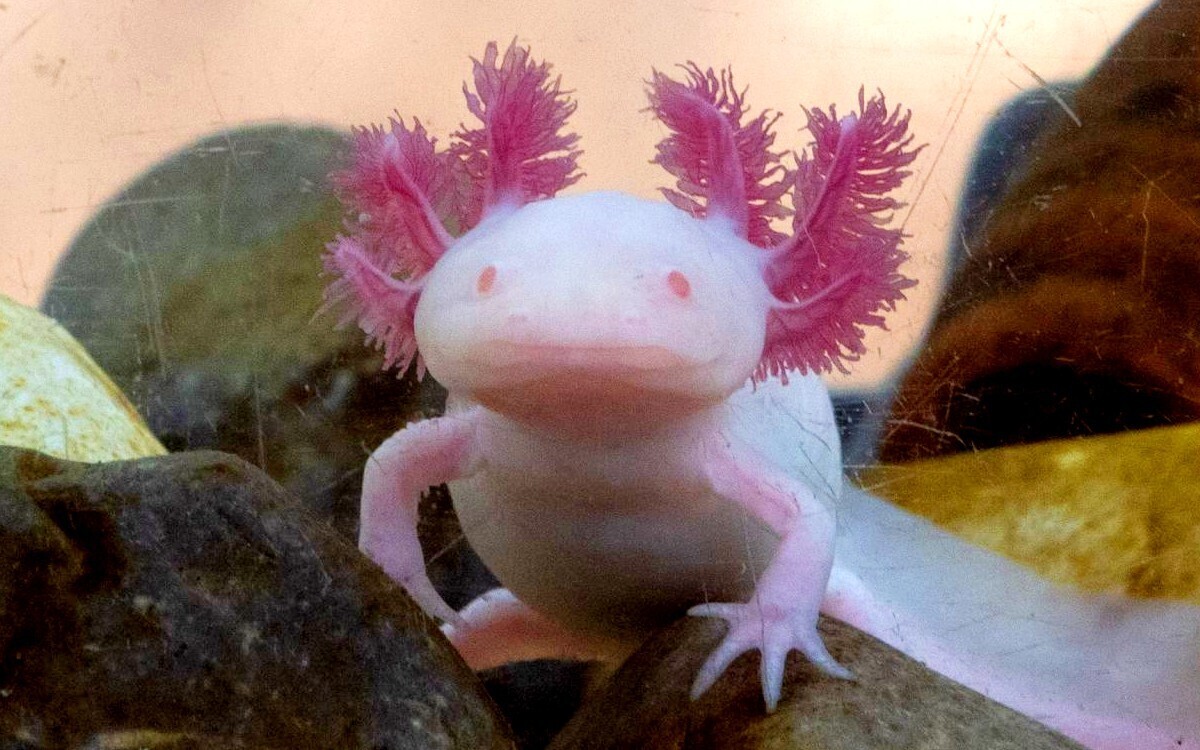
Researchers from the Institute of Biology (IB) at the National Autonomous University of Mexico (UNAM) have conducted the first census of wild axolotls in Xochimilco, in the Mexican capital, in the last 10 years. This initiative aims to assess the situation of this critically endangered species. In the previous measurement, conducted in 2014, only 36 specimens were recorded per square kilometer, in stark contrast to the 6,000 reported in 1998.
"What people say (that they have seen them) is important, but we need to be sure of their existence in the wild," said one of the researchers. It is recognized that axolotls are in a critical situation, indicating that Xochimilco, their natural habitat, is experiencing significant deterioration that will affect the quality of life of the city's inhabitants. Factors such as urbanization, water quality, and the introduction of exotic species continue to pose challenges to the survival of axolotls.
To counter this situation, the IB has launched the ¡Chinampa-refugio! program, which seeks to create protected spaces in the chinampas for the conservation of axolotls and other native species. Although these areas cover only 0.5% of the Xochimilco canals, there are plans to expand their reach by up to 200 times to ensure the species' viability in its natural habitat.
Additionally, the third edition of the "Adopt an axolotl" campaign will be launched on November 21. This initiative will allow citizens to support the care of 130 specimens in the laboratory or adopt chinampa-refugio. The next phase of the census will take place from January to February 2025, and the first results are expected to be released in the first half of next year.
The first stage of the census, which concluded on October 28, involved evaluating previously monitored sites, conducting environmental DNA analysis, and studies on water quality, nutrients, and biodiversity. According to a statement from one of the project researchers, a high density of tilapia has been observed, making it difficult to assess the presence of axolotls until the relevant analyses are completed.













